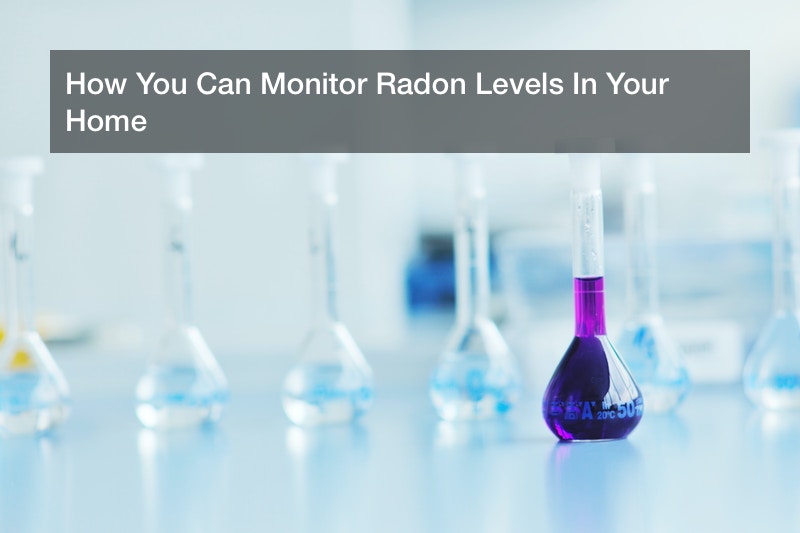
For people of all ages, their home is considered a sanctuary, a safe place where they can feel comfortable and be protected from danger.
A home can certainly be a place of great comfort, but whether Americans know it or not, there are silent dangers they can’t see. One of the biggest silent dangers is radon, a natural radioactive gas that can’t be seen or smelled.
Exposure to radon can have some negative effects on a person’s health, especially on the lungs. The U.S. Surgeon General has warned that radon is the second leading cause of lung cancer in the U.S. today and affects smokers and non-smokers alike. The Surgeon General’s Office estimates that as many as 20,000 lung cancer deaths are caused each year by radon. In addition, the risk of lung cancer increases by 16% per 100 Bq/m increase in long time average radon concentration.
You’re probably thinking all those statistics sound horrible and you’re wondering if your home is affected by radon. Truthfully, there’s a good chance that it is. In fact, 1 in 15 U.S. homes is estimated to have radon levels at or above the EPA action level. The EPA also estimates that nearly 1 in 3 homes checked in seven states and on three Indian lands had screening levels over 4 pCi/L, the EPA’s recommended action level for radon exposure.
All of this can seem rather uncomfortable and even a little scary. So what can you do at home? One of the best things you can do is regular radon inspection and testing. The simple answer is radon testing and inspection. Professional radon testing services are available and you can consult a radon testing contractor. Home kits are also available for radon testing. Test kits for radon can be purchased at most home improvement stores or they can be ordered through the National Radon Hotline (1-800-767-7236).
When it comes to radon testing and inspection, there are two types of radon test kits:
- Short-term test kits: These take between 2 and 90 days.
- Long-term test kits: These take longer than 90 days. The radon levels in a house can often change and a long-term test is the best way to know what the radon level is in your home.
When doing radon testing, it’s important to test for it in the lowest level of your home (somewhere like a basement works).Avoid damp spots like the bathroom.
When it comes to radon levels, no level is safe. But be warned that if your home test kit shows a level of four or higher, you need to act. If two radon test kits show that the radon level in your home is a four or higher, make a plan with a radon testing contractor immediately.
Now if you do find high radon levels in your home, what can you do? Following these steps can help take care of the problem:
- Choose a radon mitigation contractor: Lowering radon levels requires specific knowledge and skills. Many states require a radon testing contractor to be certified and meet state-specific requirements. A state radon office can provide a list of certified professionals in your state.
- Figure out the best plan to reduce radon levels: Not all homes are the same and that means not every radon problem is cookie-cutter. The house you live in is going to determine how a contractor deals with the problem. If your home has a basement for example, radon can be reduced by several types of soil suction. A heat recovery ventilator (HRV) is another way to reduce radon levels, because it increases ventilation and pulls outdoor air (which has less radon) into a house.
- Maintain your radon mitigation system: Check the manomater on your mitigation system. A reading that’s not zero is good. A reading of zero means air isn’t being pulled in properly and the system needs to be checked.
A good rule of thumb is to test for radon every couple of years. A radon testing contractor can do the testing for you if you’re not comfortable using a home radon testing kit. Regardless of who does it, regular testing for radon will ensure that your home is a safe place.
